Kiribati
We left for Kiribati from Nadi in the early afternoon. Our departure was delayed by almost an hour due to someone being too drunk to get on the aircraft. But if I was to be honest, I was in no real rush to start this leg of our journey.
For I’m not sure, dear reader, how much you know about Kiribati. I’m sure if you know how to pronounce it (key-re-bus) you’d know more than I did before I arrived. Given the Bureau’s duties, it’s not uncommon to hear of others travelling to other countries and giving you advice. One thing I gathered from them that this would be a difficult one.
Poor Kiribati. The fact is that it’s is very disadvantaged. It is a series of low level atolls with the highest point being no more than a few metres above sea level. Rising sea levels are a real and direct threat to them. It is also quite poor and over crowded.
The conditions were obvious the minute we arrived at the airport. The airport was tiny, one of the smallest international airport I’ve visited (although not the smallest I will visit). It consisted of two “terminals”, which were little more than a brick building. Separating them was a fence, which were packed with people that were, I assuming, waiting for the arrivals or just spotting the plane. I was somewhat prepared for the challenge of this leg, but it wasn’t until I made my way through arrivals and out into the airport carpark that it really hit home. I was to be here for a few days, in the middle of the Pacific, thousands of kilometres away from home. Seeing the plane turn around, and thunder down the runway, and knowing that it won’t be back for a few days was probably the loneliest times I felt in my life.
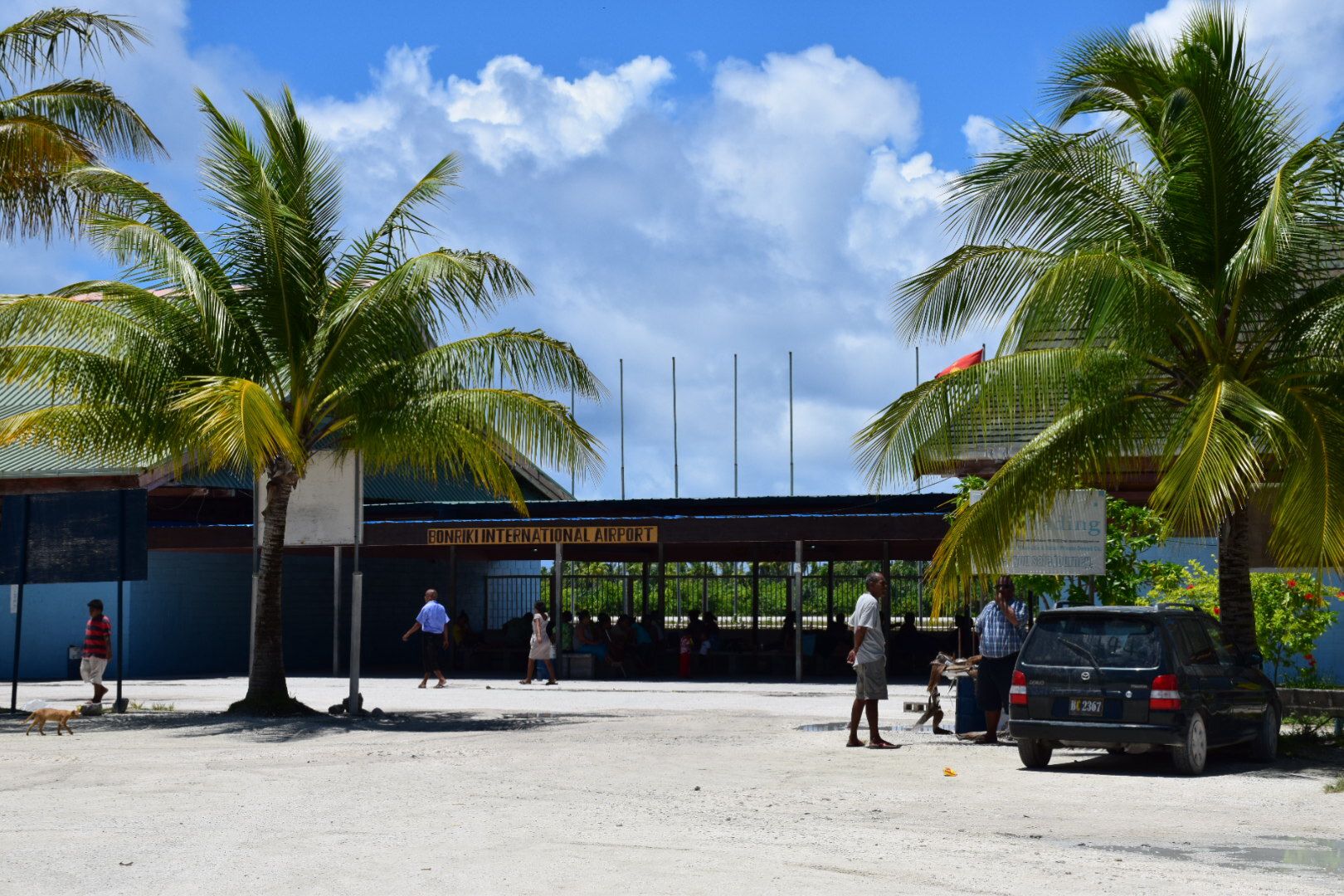
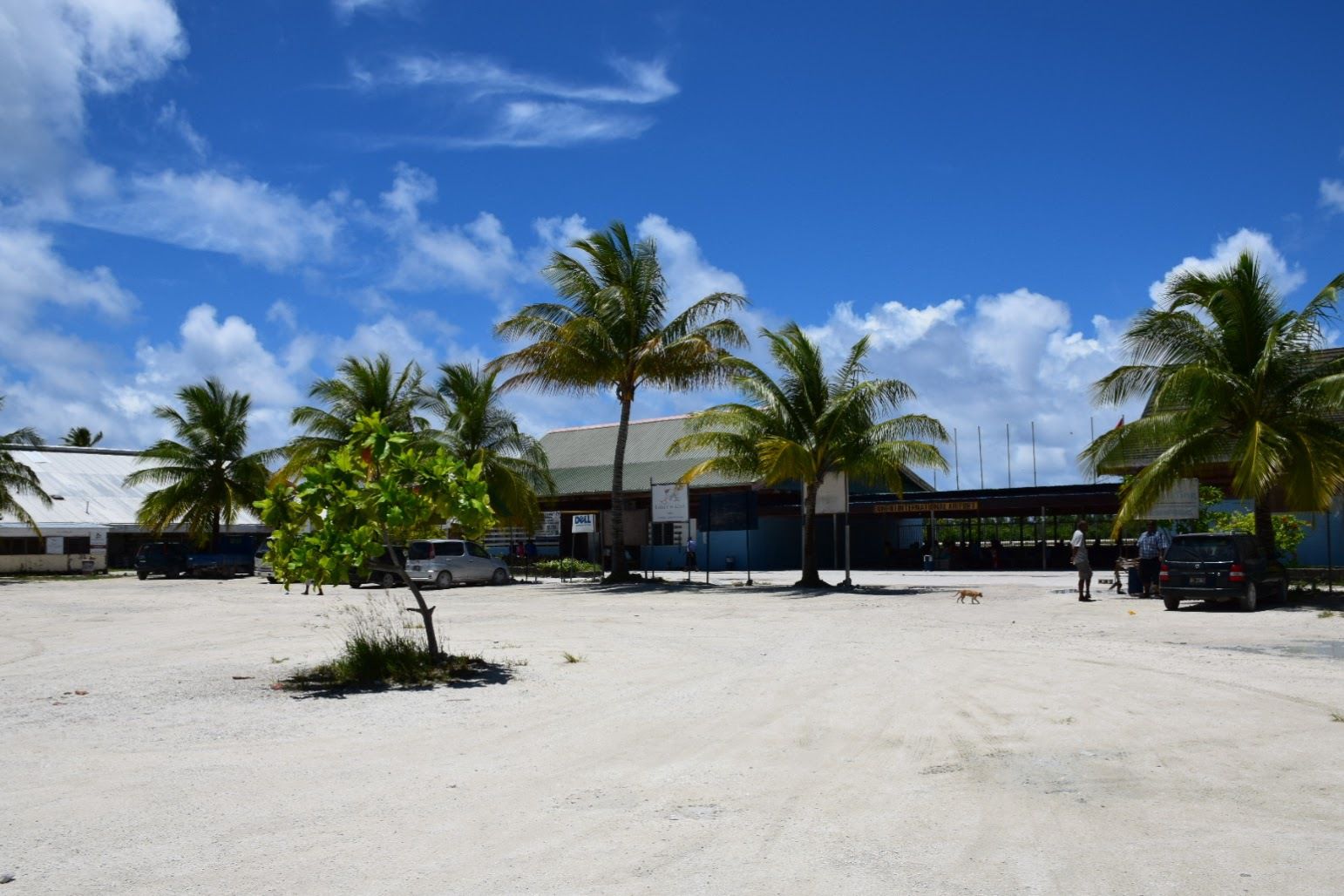
But as difficult as that feeling was, it wasn’t going to make time go any faster. So there was nothing other to do than board the minivan that would take us to our lodgings. We were there with several other people and no one was there for a holiday. Everyone else on that bus was a Westerner that there for some government or aid work.
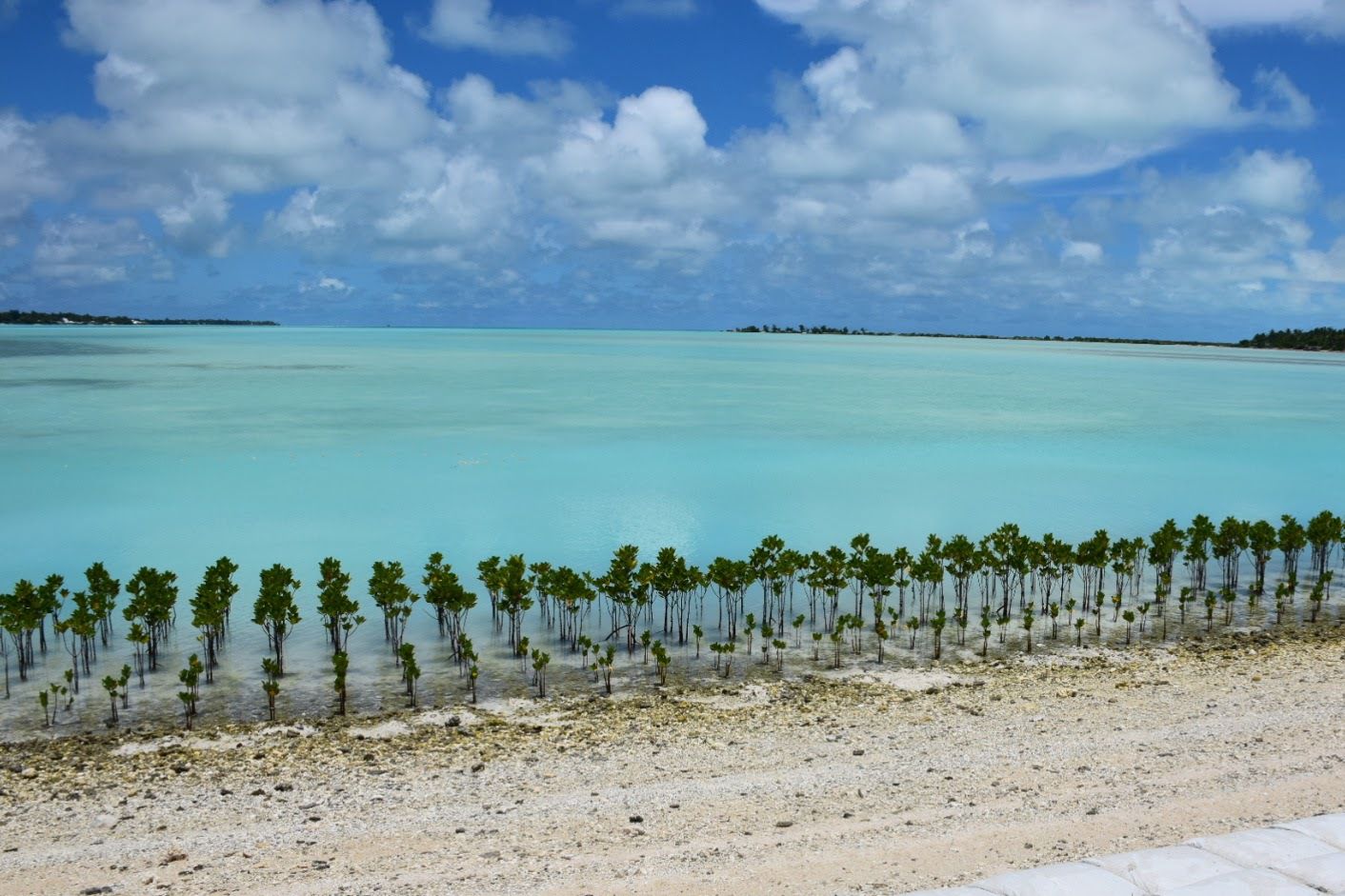
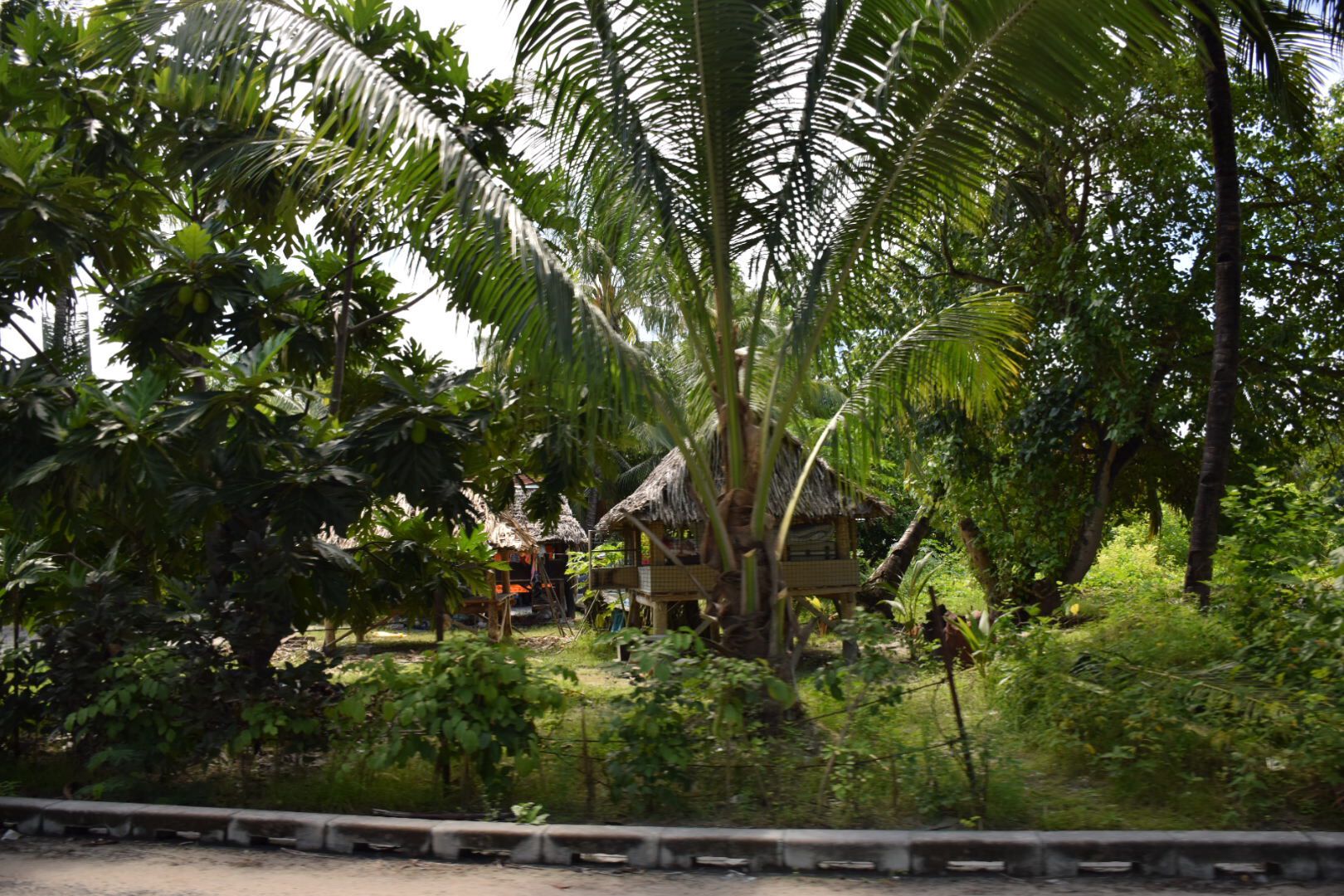
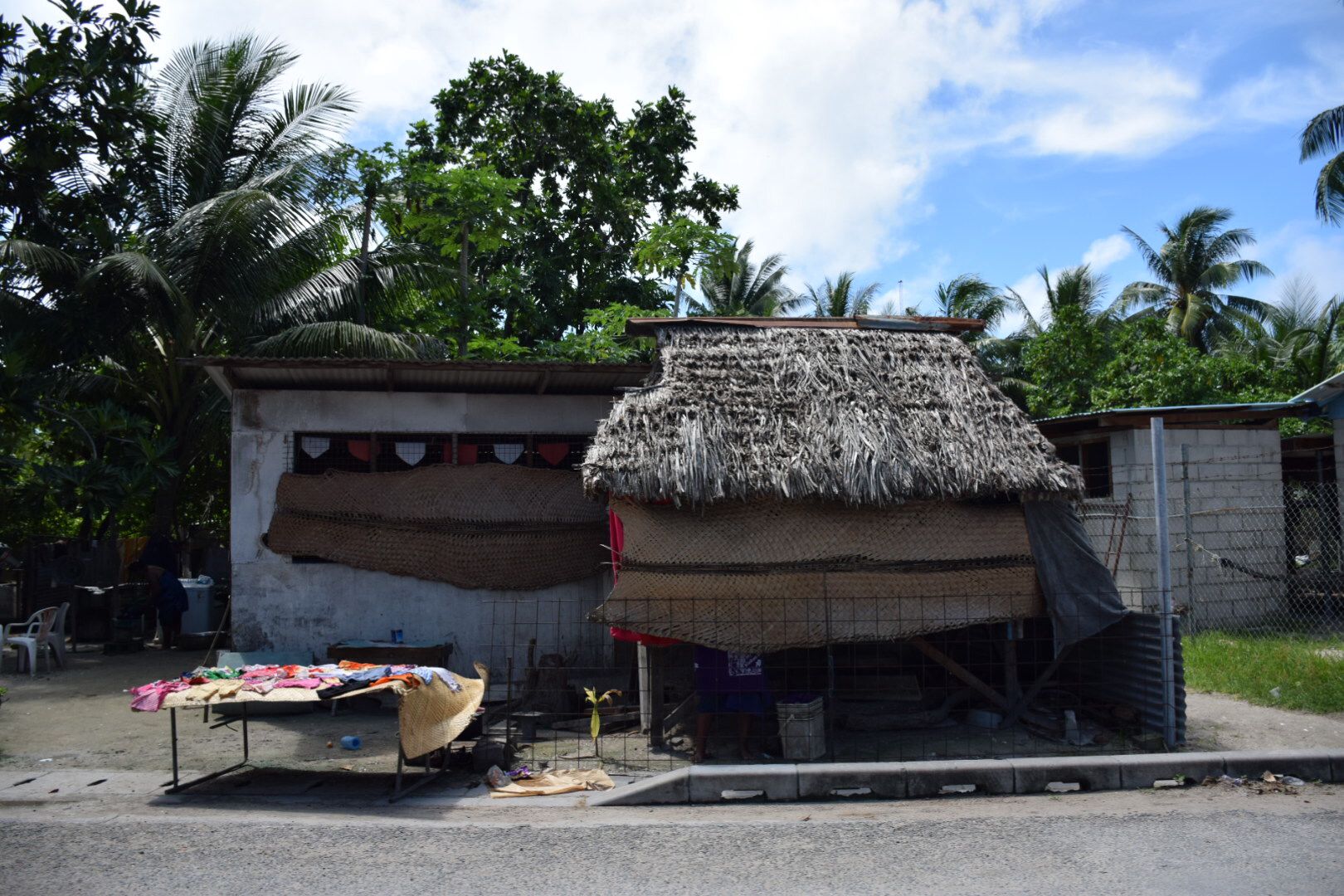
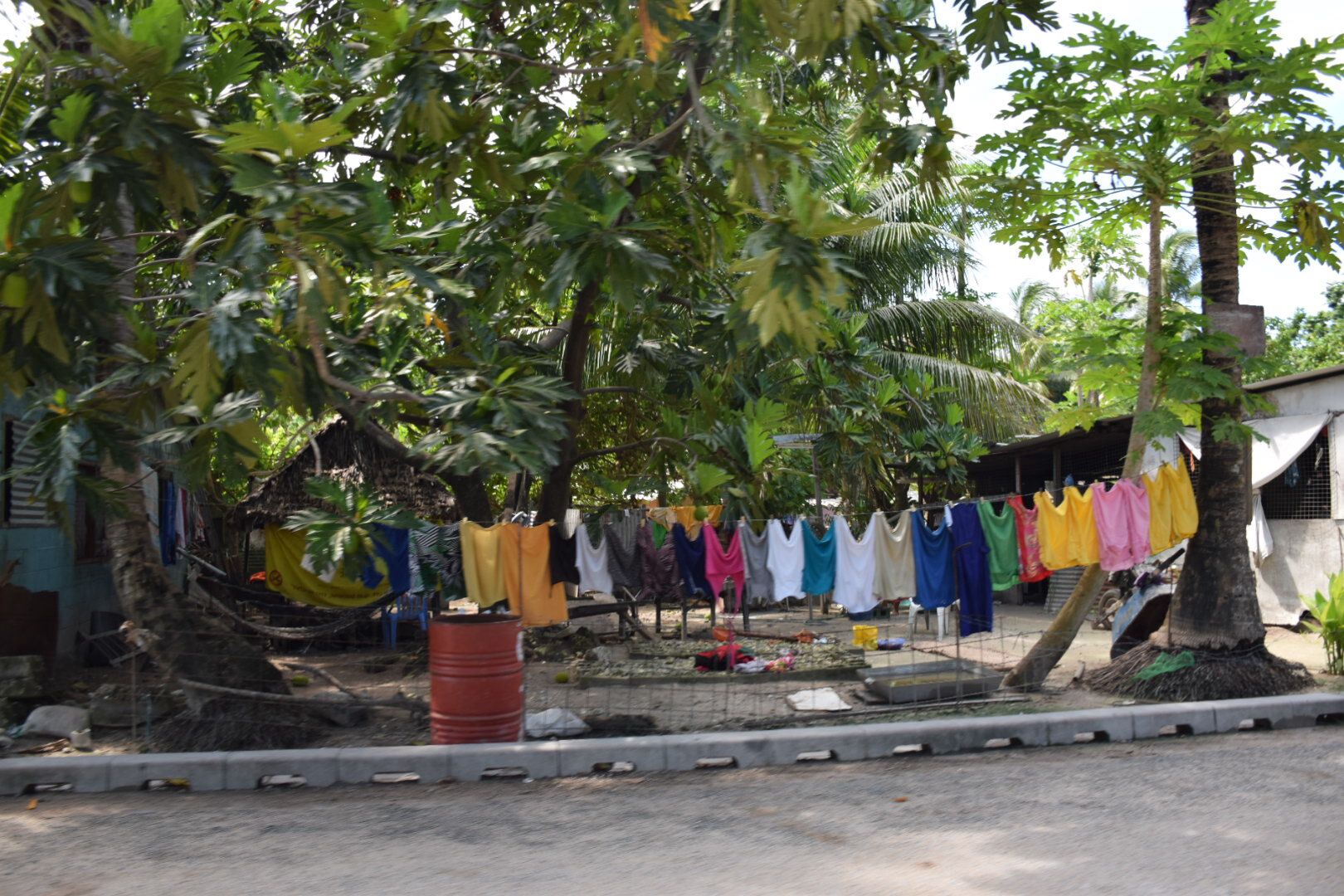
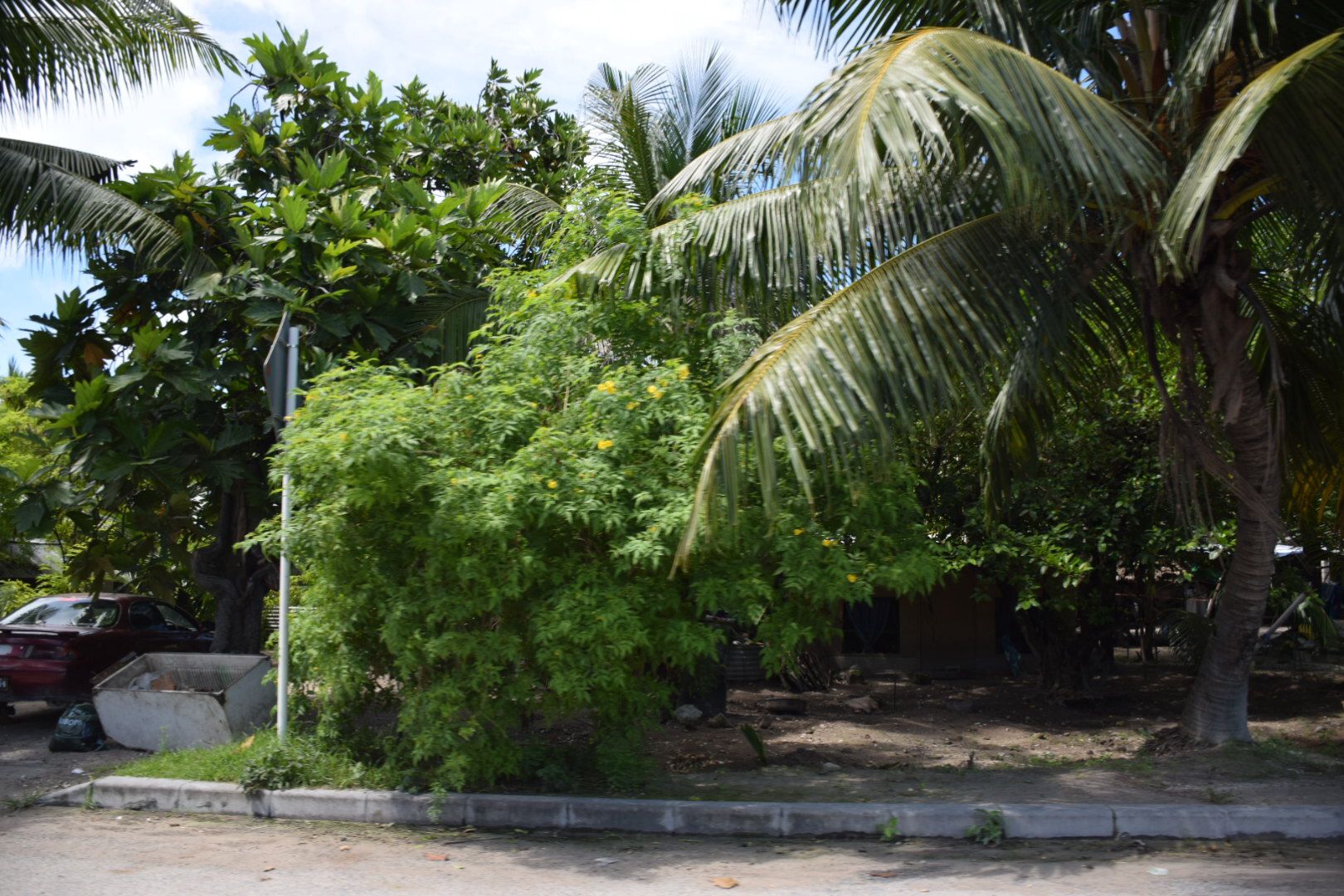
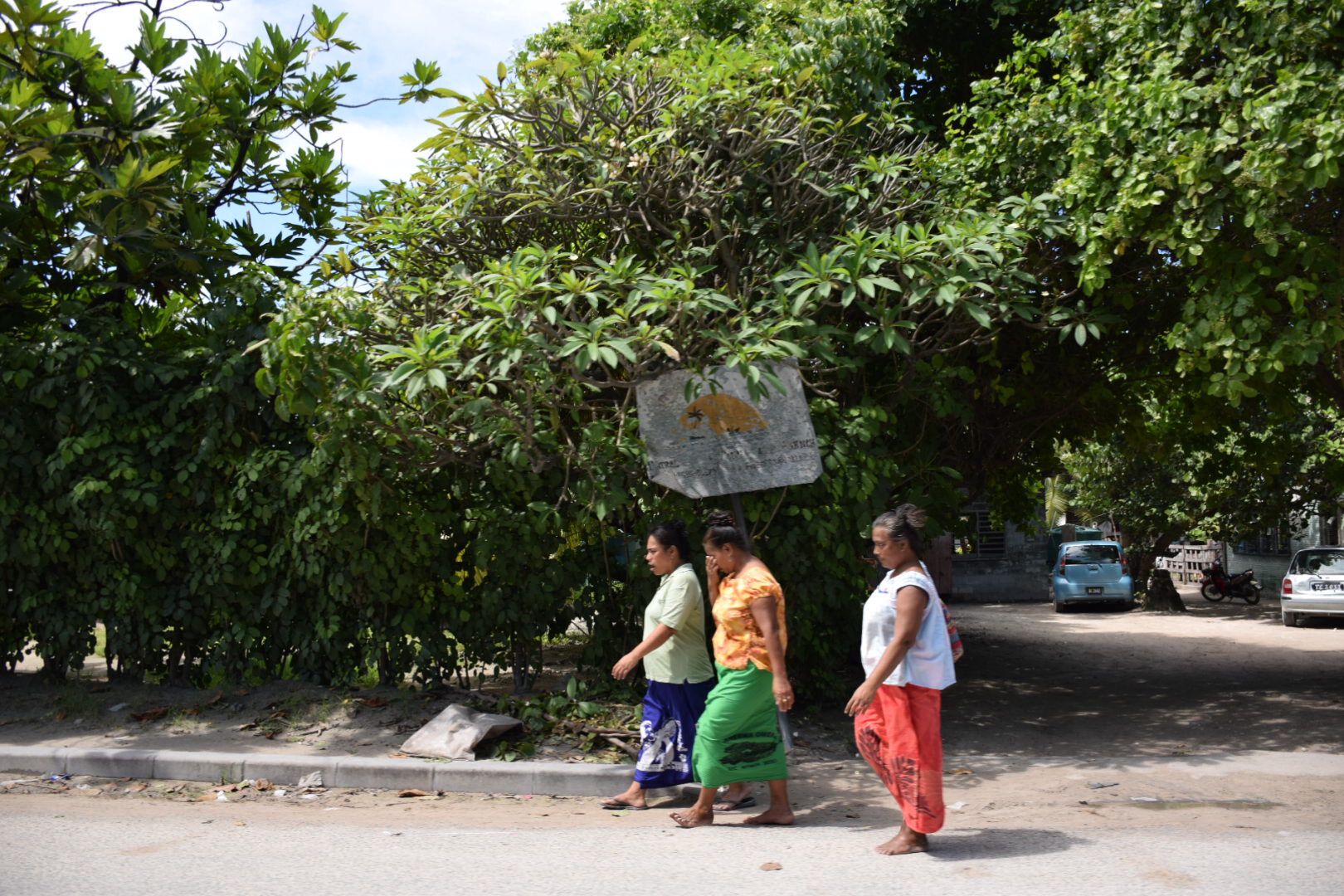
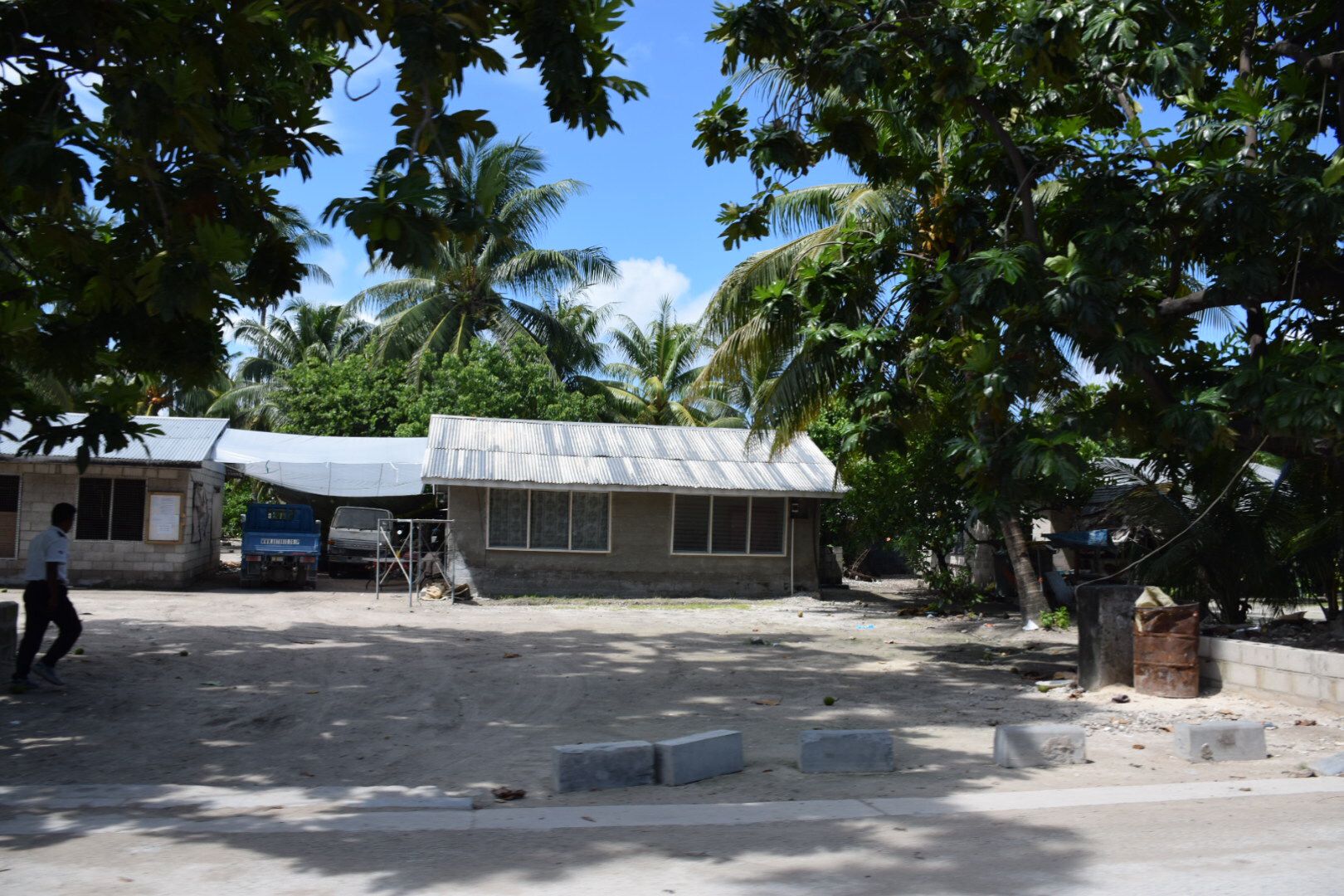
The drive was probably 45 minutes or so, solely because of the roads. They were so full of traffic and pedestrians that we barely went faster than 25 km/h. The road itself was sealed at one point, but due to the tropical weather and lack of maintenance, it was full of potholes, many of them quite large and deep, and the minivan was constantly zig-zagging across the road, trying it’s best to find a way around them. There were areas on the causeways where the road was being worked on and they were ripping up the asphalt and replacing it with gravel, much like you’d see on unsealed roads here. That was a way better road to drive on, and probably easier to maintain. In fact we actually got some speed on that surface, probably reaching 60-70 km/h.
That said, Kiribati had some things going for it. Although I doubt that all the islands’ residence had electricity, the supply was actually very steady: we had no power outages at all. And despite my first impressions, like pretty much every other place we stayed, our hosts were very welcoming.